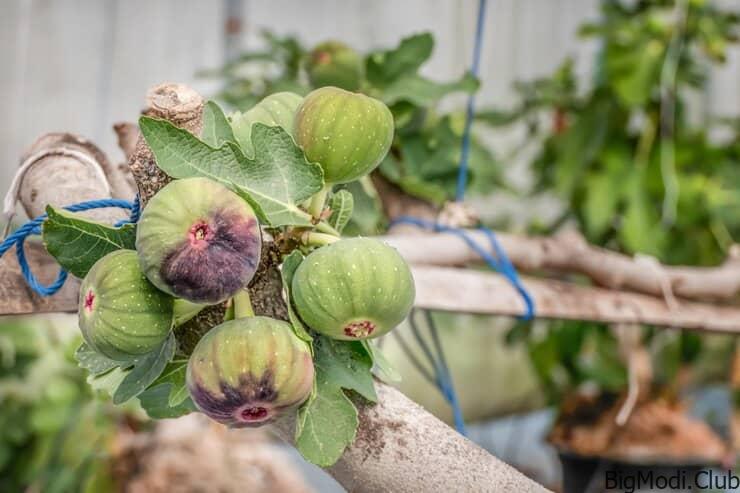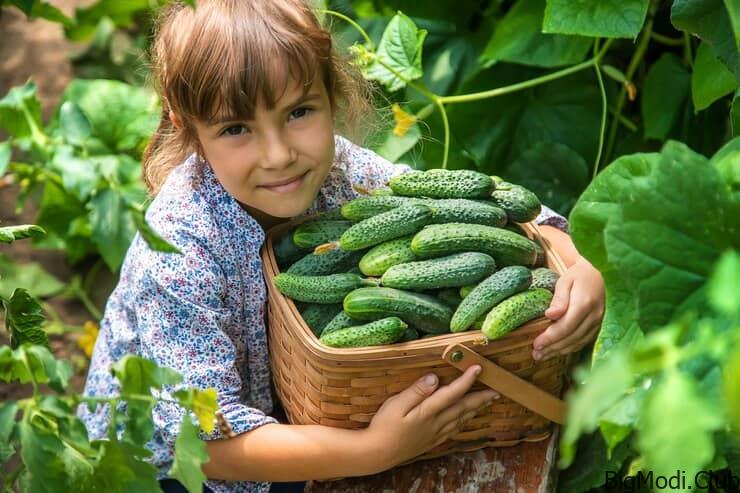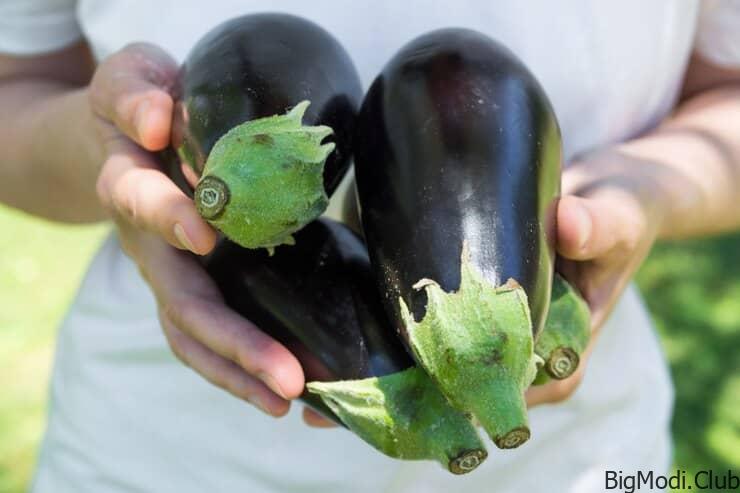Embarking on the journey of growing kale in soil bags presents an accessible and rewarding endeavor for beginners. As we delve into this method, we uncover a convenient approach to cultivating this nutritious green leafy vegetable right in the comfort of your own space, whether it’s a backyard, balcony, or even a sunny windowsill.
Getting Started: Essential Materials and Preparations
To commence your kale cultivation adventure, gather the following materials:
- Soil Bags: Opt for durable, breathable soil bags with sufficient capacity for kale growth.
- High-quality Soil: Ensure the soil is nutrient-rich, well-draining, and preferably organic.
- Kale Seeds or Seedlings: Select healthy kale seeds or young seedlings from a reputable source.
- Watering Can or Hose: For regular watering to maintain optimal moisture levels.
- Fertilizer: Consider organic fertilizers suitable for leafy greens to bolster plant growth.
- Sunlight: Identify a sunny location, as kale thrives in full sun exposure.
- Scissors or Shears: For harvesting mature kale leaves as they reach peak freshness.
Step-by-Step Guide to Growing Kale in Soil Bags
1. Selecting the Ideal Location
Choose a spot with ample sunlight exposure, as kale flourishes in direct sunlight. Whether it’s a sunny corner of your garden or a well-lit balcony, ensure your chosen location receives at least 6-8 hours of sunlight daily.
2. Preparing the Soil Bags
Fill the soil bags with nutrient-rich soil, leaving some space at the top for watering. Ensure the soil is loose and well-draining to promote healthy root development. Consider adding organic compost or fertilizer to enrich the soil further.
3. Planting Kale Seeds or Seedlings
If using seeds, sow them directly into the soil at a depth of approximately ¼ to ½ inch. Alternatively, transplant young kale seedlings into the soil bags, spacing them around 8-12 inches apart to allow ample room for growth.
4. Watering and Maintenance
Keep the soil consistently moist but not waterlogged. Water the kale plants regularly, especially during dry spells or hot weather. Avoid overhead watering to prevent fungal diseases and aim to water at the base of the plants.
5. Fertilizing and Nurturing Growth
Apply a balanced organic fertilizer every 4-6 weeks to provide essential nutrients for robust kale growth. Monitor the plants for any signs of nutrient deficiencies, pests, or diseases, and address them promptly to ensure healthy development.
6. Harvesting Fresh Kale
As the kale plants mature, harvest the outer leaves regularly by snipping them off with scissors or shears. This encourages continuous growth and ensures a steady supply of fresh, tender kale leaves for culinary delights.
Benefits of Growing Kale in Soil Bags
1. Space-saving Solution:
Soil bag cultivation is ideal for urban dwellers or those with limited gardening space, allowing you to grow kale even in compact areas like balconies, patios, or small yards.
2. Accessibility and Convenience:
With minimal equipment and space requirements, growing kale in soil bags is accessible to beginners and seasoned gardeners alike. It eliminates the need for extensive garden beds or specialized containers.
3. Versatility in Placement:
You can position soil bags wherever sunlight is readily available, enabling you to relocate them as needed to optimize growing conditions throughout the seasons.
4. Sustainable and Eco-friendly:
By utilizing organic soil and practices, soil bag cultivation promotes sustainability and reduces environmental impact compared to conventional farming methods.
In conclusion, growing kale in soil bags offers a simple yet effective method for beginners to embark on their gardening journey. With the right materials, proper care, and a dash of enthusiasm, you can enjoy a bountiful harvest of fresh, nutrient-packed kale right at your fingertips. So why wait? Roll up your sleeves, grab your soil bags, and let’s cultivate kale like a pro!



